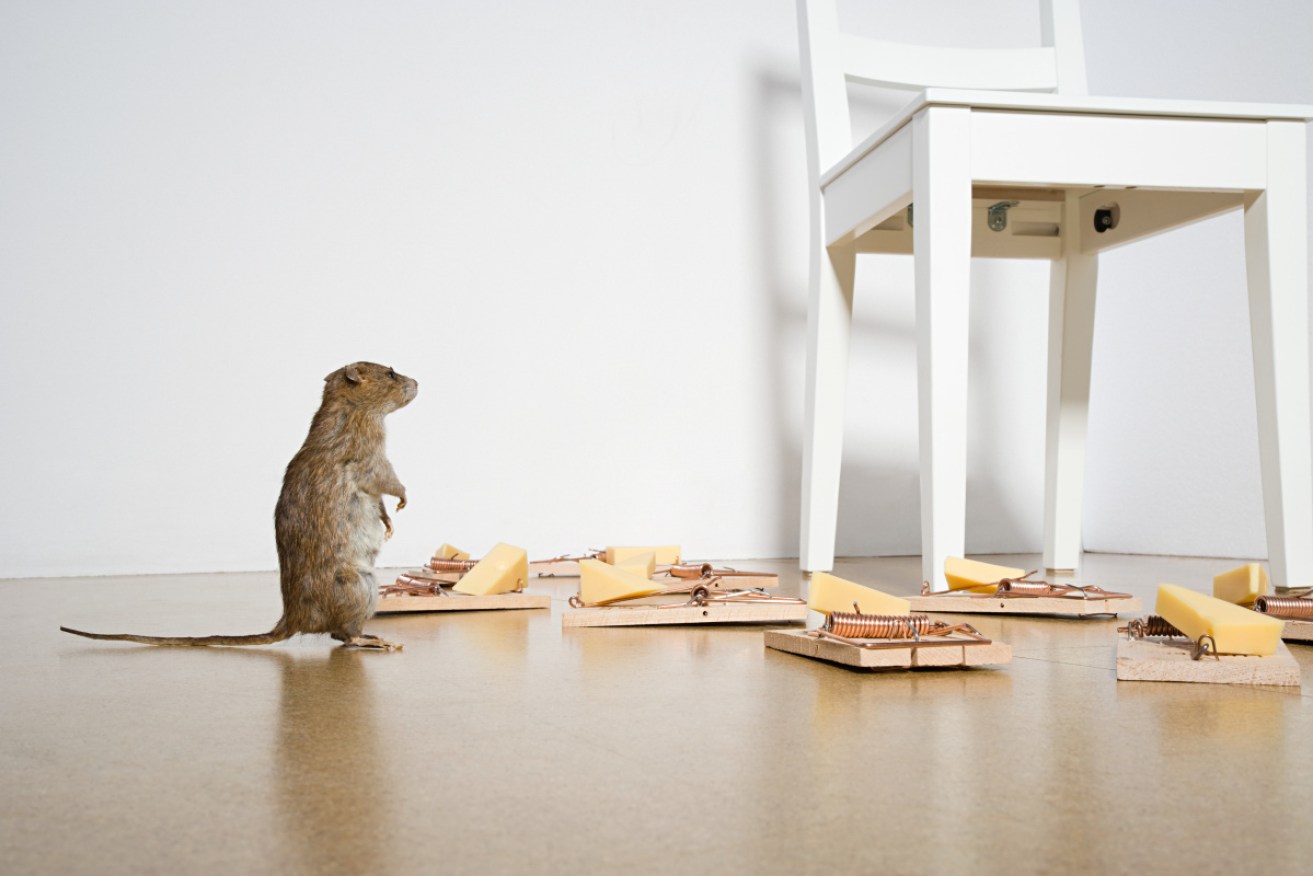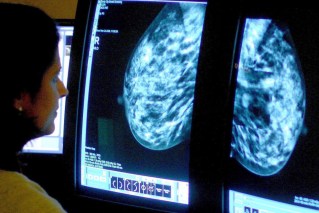Tiny device could end obesity forever. It sure did that for rats


Rats implanted with a nano-generator that stimulated their vagus nerve lost their appetite. Photo: Getty
US engineers have developed a tiny, implantable nano-generator that fools the brain into thinking the stomach is full after a few bites of food.
The device, which is attached to the stomach wall, needs no battery, monitoring or external controls, and is free of electronics; its nano-generators are powered instead by the churning of the stomach wall.
As for its capacity to facilitate sustainable weight loss: testing the device on lab rats wasn’t just promising, it was alarming.
The animals lost nearly 40 per cent of their body weight in as little as 15 days, without rebound.
A less-invasive alternative to gastric banding
If all goes well, in about five years the University of Wisconsin-Madison researchers plan to market the device as a minimally invasive alternative to gastric band surgery, currently the most effective treatment for obesity – but one that carries significant, if relatively rare, risks such as pulmonary oedema, infection, and blood clots.
One out of ten people undergoing gastric banding will require further surgery.

A nano-generator is attached to the stomach wall. When eating occurs, the device stimulates the vagus nerve, causing the brain to believe the animal is full. Illustration: University of Wisconsin-Madison
Also, gastric bypass permanently alters the capacity of the stomach, whereas the effects of the experimental devices are reversible.
When the devices were removed from the rats after 12 weeks, they returned to the normal eating patterns and the weight returned.
Measuring less than one centimetre across, the device generates “gentle” electric pulses from the stomach’s natural churning motions – known as peristalsis, the squeezing that keeps food moving through your alimentary canal – and delivers them to the vagus nerve, which links the brain and the stomach.
It takes a little nerve
“The pulses correlate with the stomach’s motions, enhancing a natural response to help control food intake,” said Xudong Wang, a professor of materials science and engineering, in a prepared statement.
Dr Wang is a world expert in wearable and implantable electricity-generating devices. He has created implantable nano-generators that harvest energy from people’s beating hearts and breathing, and a motion-powered bandage that promotes wound healing.
Stimulation of the vagus nerve – which has a variety of vital functions – isn’t new. It’s a stand-by treatment for poorly controlled cases of epilepsy and treatment-resistant depression. Researchers are looking at its potential in rating heart failure and inflammation in rheumatoid arthritis.
Its application in weight loss is a more recent development.
In 2015, the Food and Drug Administration approved a device called Maestro that deploys high-frequency zaps to the vagus nerve to shut down all communication between the brain and stomach.

Graduate student Guang Yao (left) and Professor Xudong Wang (right) hold a small implantable device that helped rats lose 40 percent of their body weight.Photo: Sam Million-Weaver/University of Wisconsin-Madison
Maestro requires a complicated control unit and bulky batteries that frequently must be recharged.
Reports of its effectiveness for significant weight loss are mixed: while the independent advisors to the FDA were in agreement that the device was safe, only half believed it to be effective.
Some test subjects lost less than 10 per cent of body weight, and that was with the support of diet and exercise.
This may be because the Maestro system was stimulating the vagus nerve throughout the waking ours – five minutes and five minutes off – rather than in sync with eating.
One benefit of the newer experimental device is that it only stimulates the vagus nerve when the stomach moves. “It’s automatically responsive to our body function, producing stimulation when needed,” said Dr Wang. “Our body knows best.”
Dr Wang’s device will next be tested on pigs before progressing to human trials. Still, he is confident it will outperform its rivals.
“Our expectation is that the device will be more effective and convenient to use than other technologies,” he said
Results of the study were published in mid-December in the journal Nature Communications.








